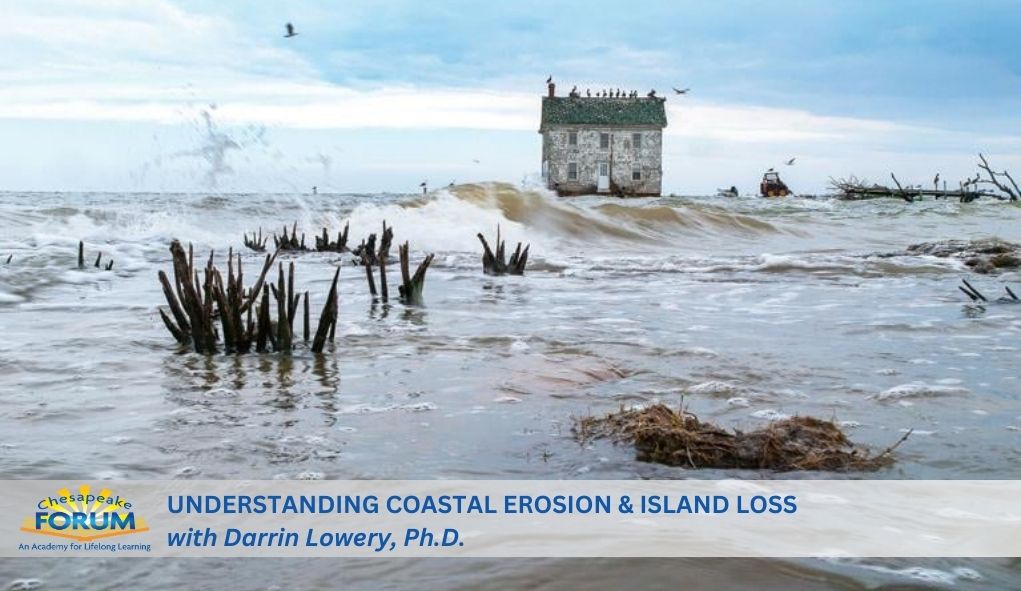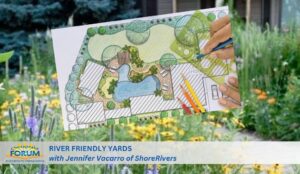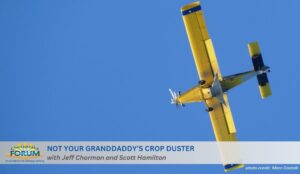Check out the geological, and archaeological histories of islands that have eroded away in the Chesapeake Bay region.
Darrin Lowery starts this program off with a discussion about coastal erosion by explaining that coastal erosion in the Chesapeake Bay region is not unique to the 20th or 21st centuries. Many islands vanished long before the first official coastal survey maps were prepared in the mid-19th century.
This course is a cultural, historical, and archaeological overview of these vanished islands. A specific focus will be on Sharps Island, which was once located at the mouth of the Choptank River. Based on decades of data, the course will also highlight the array of geologic variables that influence the rate of coastal erosion. Not all landscapes in the bay region are disappearing. Some islands around the Delmarva Peninsula have increased in land area over the past three centuries.
The following Friday, we head out to Tilghman Island to the Watermen’s Museum to tour the museum with Mary Kellog, one of the founders of the museum, and an opportunity to see the Sharp’s Island exhibit.
What to Expect:
We will come away from this course with a better understanding and appreciation of the Chesapeake Bay island cultures that have been lost to extinction, and why some islands have not eroded, but have actually expanded. A fascinating archeological and geological summary of the Bay we call home.
In the 1st session, we will be in the hybrid classroom with Darrin ZOOMing in from… well, who knows where he will be? He’s a very busy guy!
The second session will be led by Mary Kellogg at the Tilghman Island Watermen’s Museum. (Get in town early and have lunch at Two if by Sea!)




